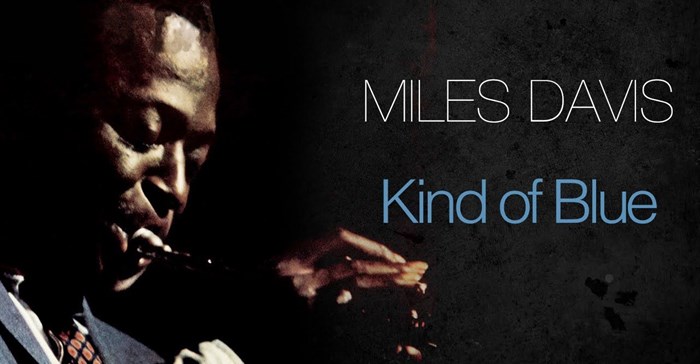How Kind of Blue changed music

Legendary trumpeter Miles Davis recorded his final session of Kind of Blue on 22 April, 1959. As of 2019 (60 years later), it was still the best selling jazz album of all time.
I was in the last legs of completing high school when I heard it for the first time. I had never been a massive fan of jazz, but the piece that caught me specifically was Blue in Green. The soft piano accompanied by the diaphanous trumpet slowly edges into your day and sets it up for quiet respite. It doesn’t seem to matter what you’re doing, how busy you are, you’re always here - in this moment.
How incredible is that?
But the fact that I had an attachment to this specific piece isn’t why it’s considered the greatest. Kind of Blue introduced a new approach to improvisation. The five pieces on the album were based in a limited set of scales in different modes. Modes maintain the basic intervals of underlying major and minor scales, but move the first note to one of its other notes - and this is how they create the different moods you find through the album.
This approach became so popular that it completely changed the way jazz was taught and analysed.
Sketches of a different time
When we look back at the time that Kind of Blue was released, it’s evident how far away we actually are from it. Songs topping the charts saw legend Elvis Presley, Bobby Darin and The Fleetwoods sweeping the charts. Blues, rock and roll, pop, doo-wop - these were the genres speaking to listeners.
When we listen now, with the exception of the undying Elvis (in my totally unbiased opinion), we can feel the age of these songs and bands.
This isn’t a bad thing, but it means that we can look at Kind of Blue through a different lens. In fact, if we want to make sense of the music we hear today, it is essential listening.
Kind of Blue encourages participatory listening. The blend of jazz and blues might not be a stranger in our music world today, but when we consider where it comes from, we need to start with this album. Hearing the modal experimentation with this in mind, Kind of Blue sets a true president for a creation that brought in fresh patterns that still influences our musicians over half a century later.
Look, I am by no means an expert on jazz. But, I am listening to something that was conceptualised and created before my parents were even born, and I am finding new ways to understand the music I know and love today (although, a lot of it is ‘before my time’, as they say).
The beauty of music is that we can trace it back. We can see where we started, in different cultures, in different genres - we find a connection to a time so beyond our understanding we can only see it through nostalgia, but still feel like we are there.
But Kind of Blue brings it to us. I feel wrong even calling it a classic, because it’s still as relevant today as it was in 1959.
And for that, Miles Davis will never truly die.
About Emily Stander
- The whisky aperitif for everyone - how does it hold up? - 16 Jan 2023
- Behind the opening of Asian-inspired restaurant Awara - 15 Dec 2022
- Behind the scenes with Tropika Island of Treasure winners - 5 Dec 2022
- #OnThisNote: Take me to Graceland - 10 Nov 2022
- Immersing Africa in the world of NFT art - 14 Oct 2022
View my profile and articles...